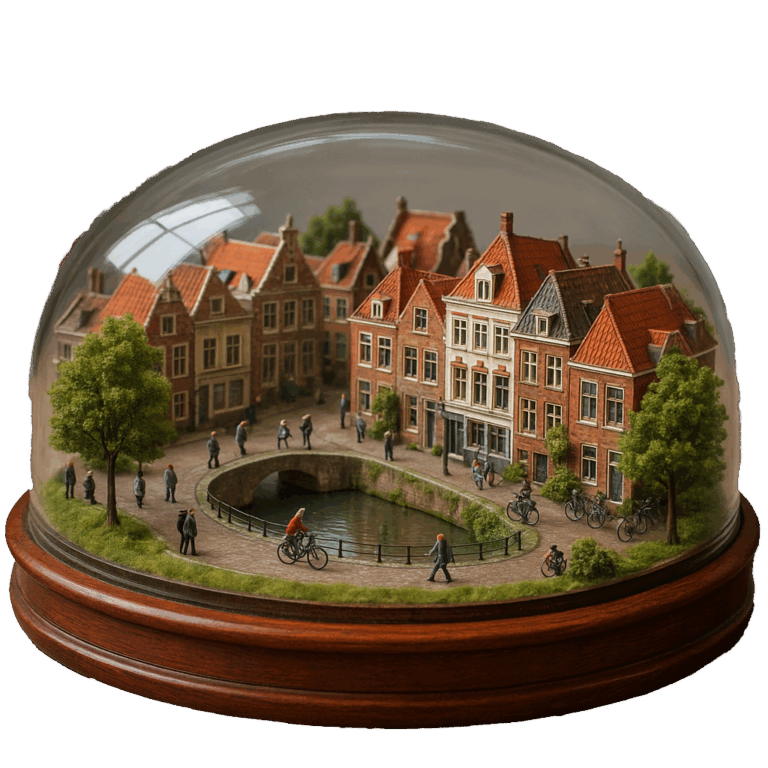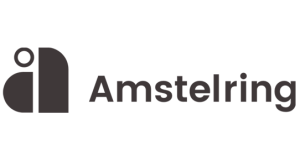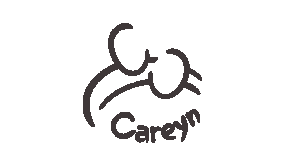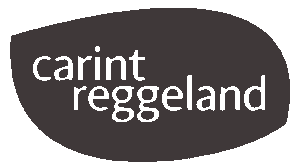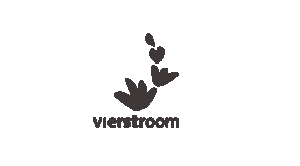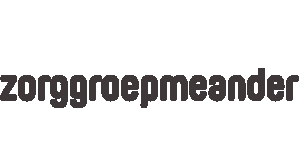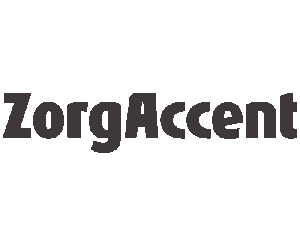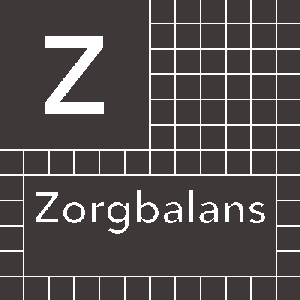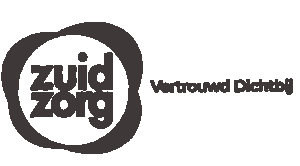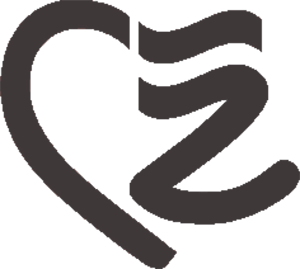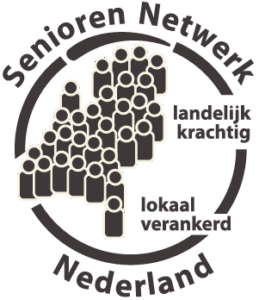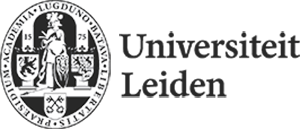Health care can be better.
Must be better.
Will be better.
Health care can be better.
Must be better.
Will be better.
This is our joint promise. To everyone who requires care. And to everyone who will in the future. But it’s also a promise to ourselves and everyone willing and able to contribute to a more community-based care system. From caring for people to caring about each other? That is what we are striving for. And what we warmly invite everyone to join us in.
What is an ecosystem?
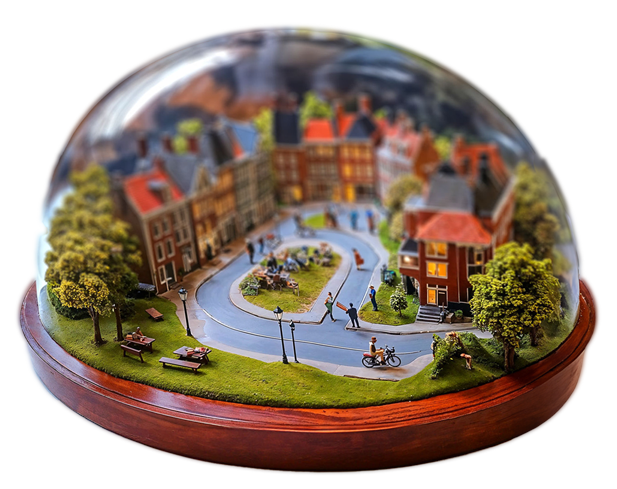
discover
our vision

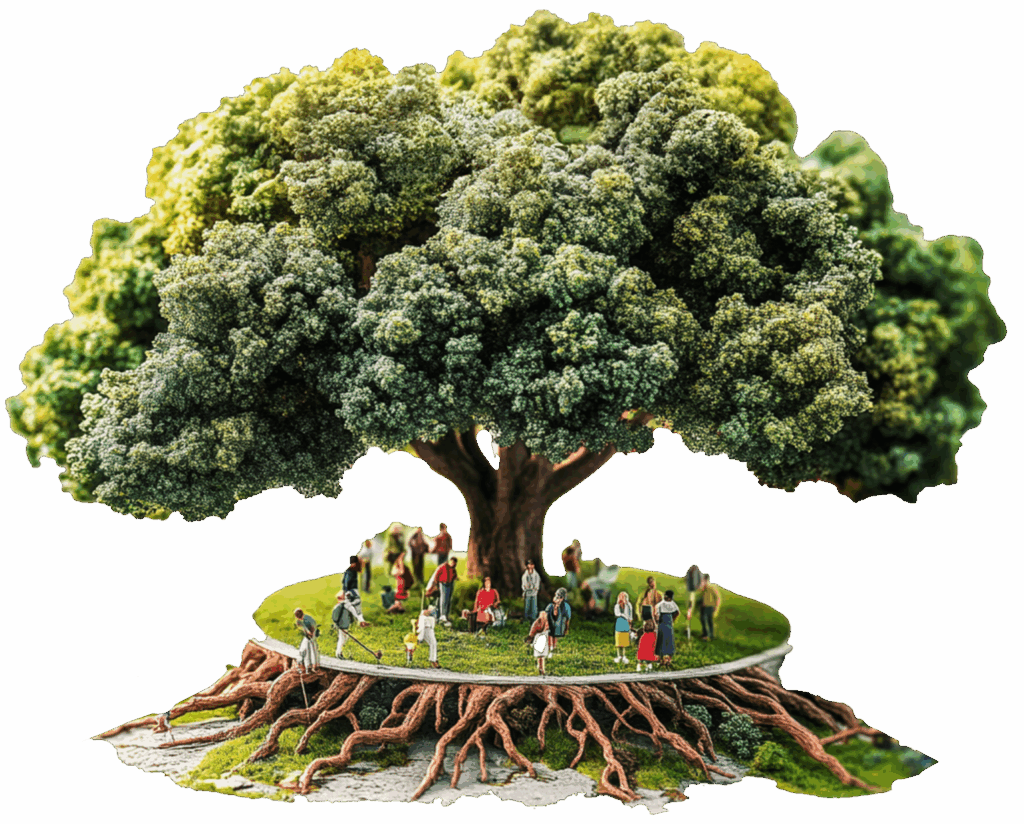
whereto/ wherefore
whereto/wherefore
From healthcare system to caring community: small-scale, people-oriented, and rooted in the neighbourhood.
from near
to far
Why care became increasingly less personal and more fragmented.
from far
to near
How care can (and will!) become familiar and human again.
This is how
it gets better
This is how
it gets better
A healthy, self-sufficient ecosystem does not arise spontaneously. It requires a carefully formulated approach, targeted interventions, and above all: a healthy dose of patience and courage. But the urgency of the care crisis forced us to act quickly. And so we did. Currently, 20 neighbourhoods are in transition to thriving ecosystems. This is how we do it:
national local
The Neighbourhood as an Ecosystem aims to inspire a national ‘neighbourhood society’. We are building a network of neighbourhoods that strengthen each other. Each with its own character, but united by a shared approach. This way, we make successes measurable, learnings shareable, and impact scalable. The five themes form the foundation. The local interpretation determines the success.
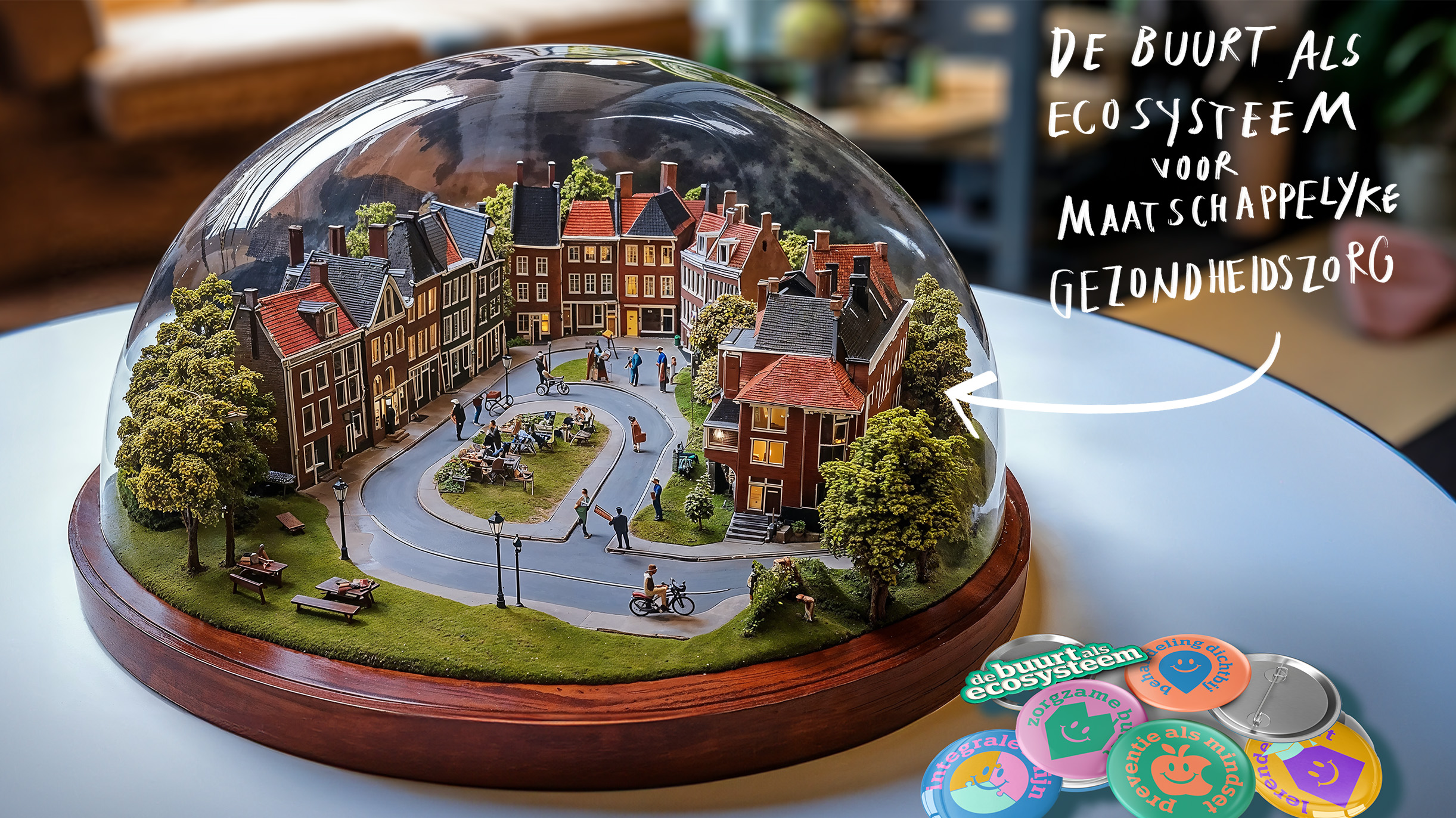
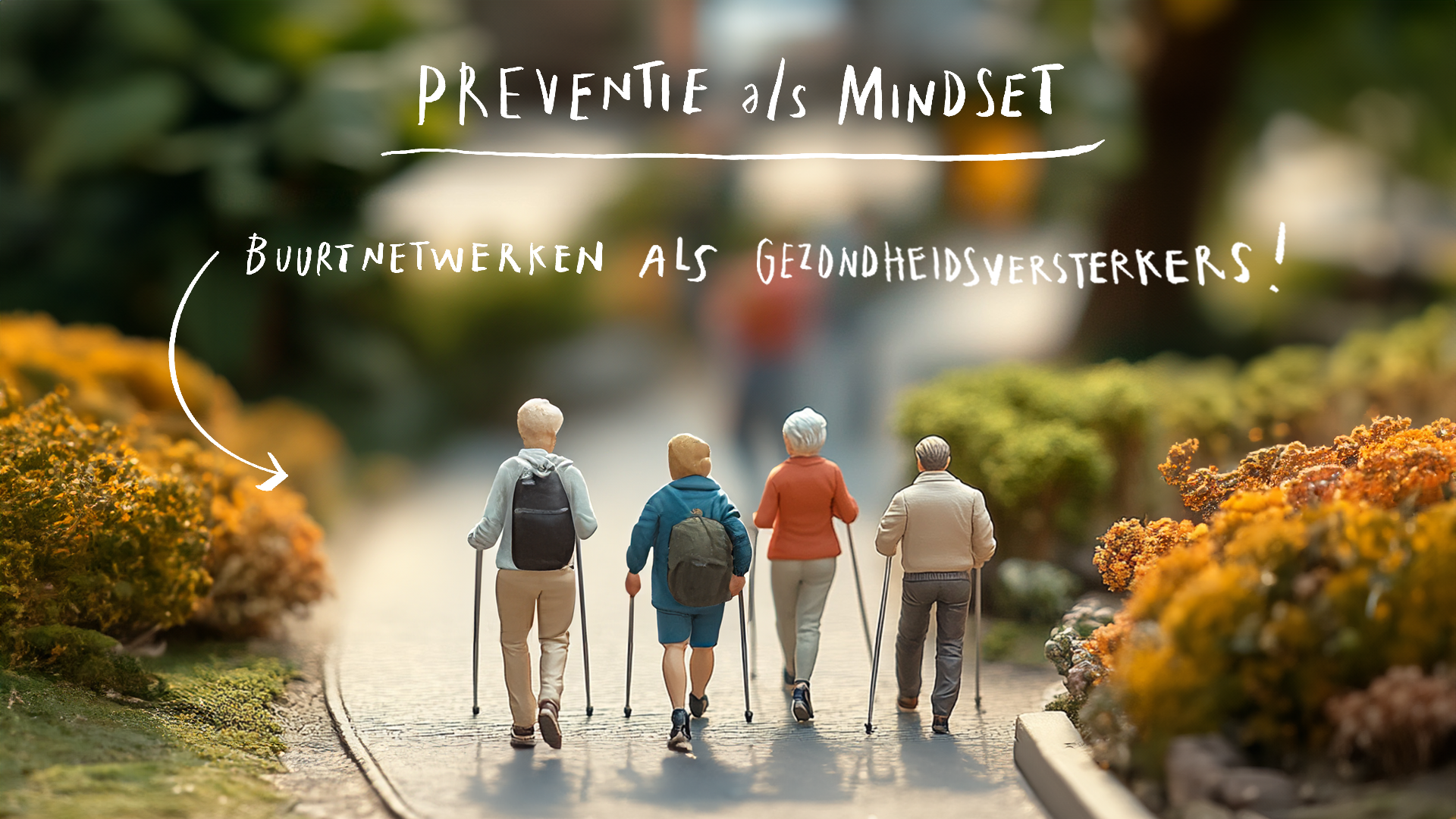
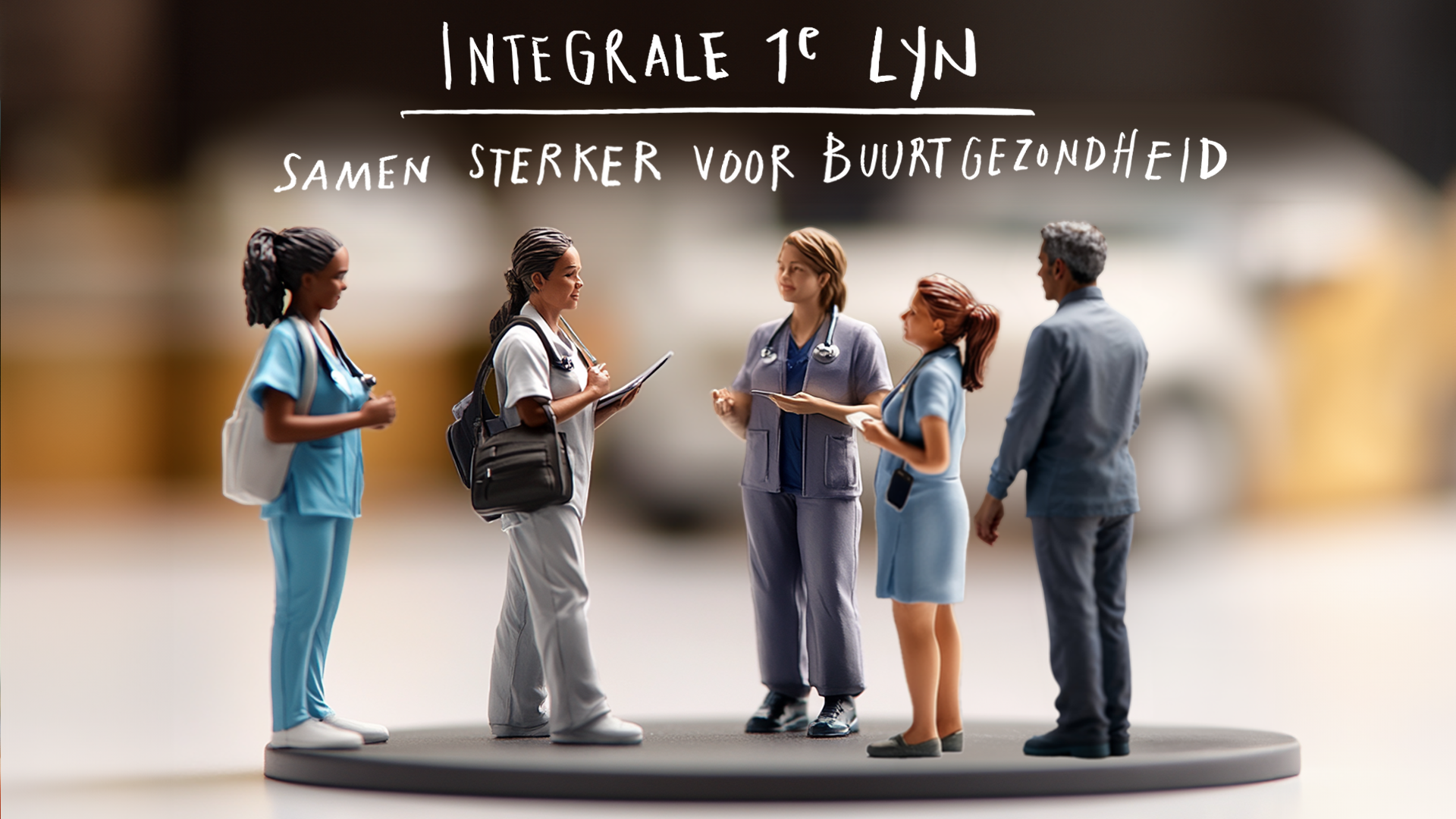
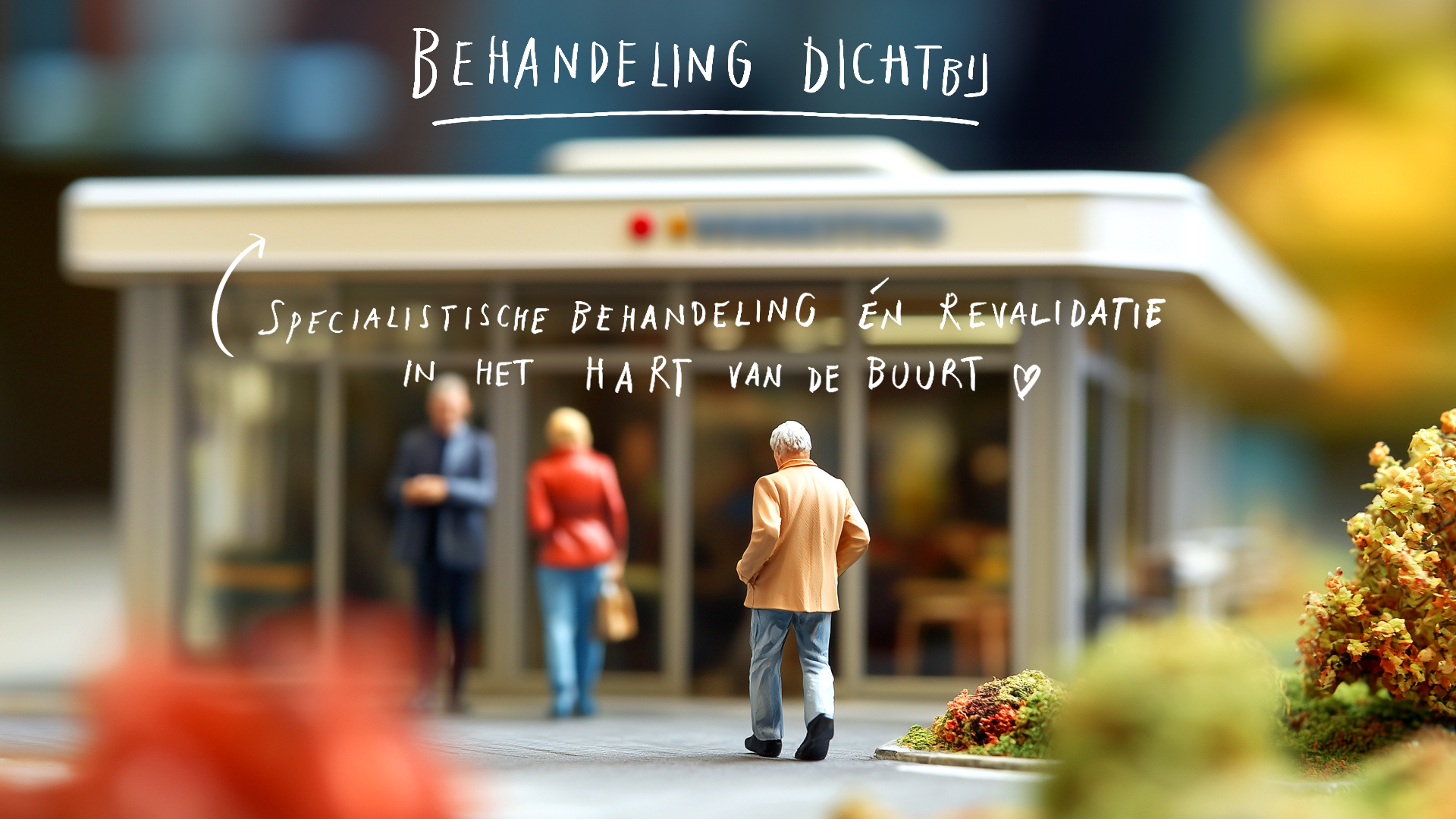
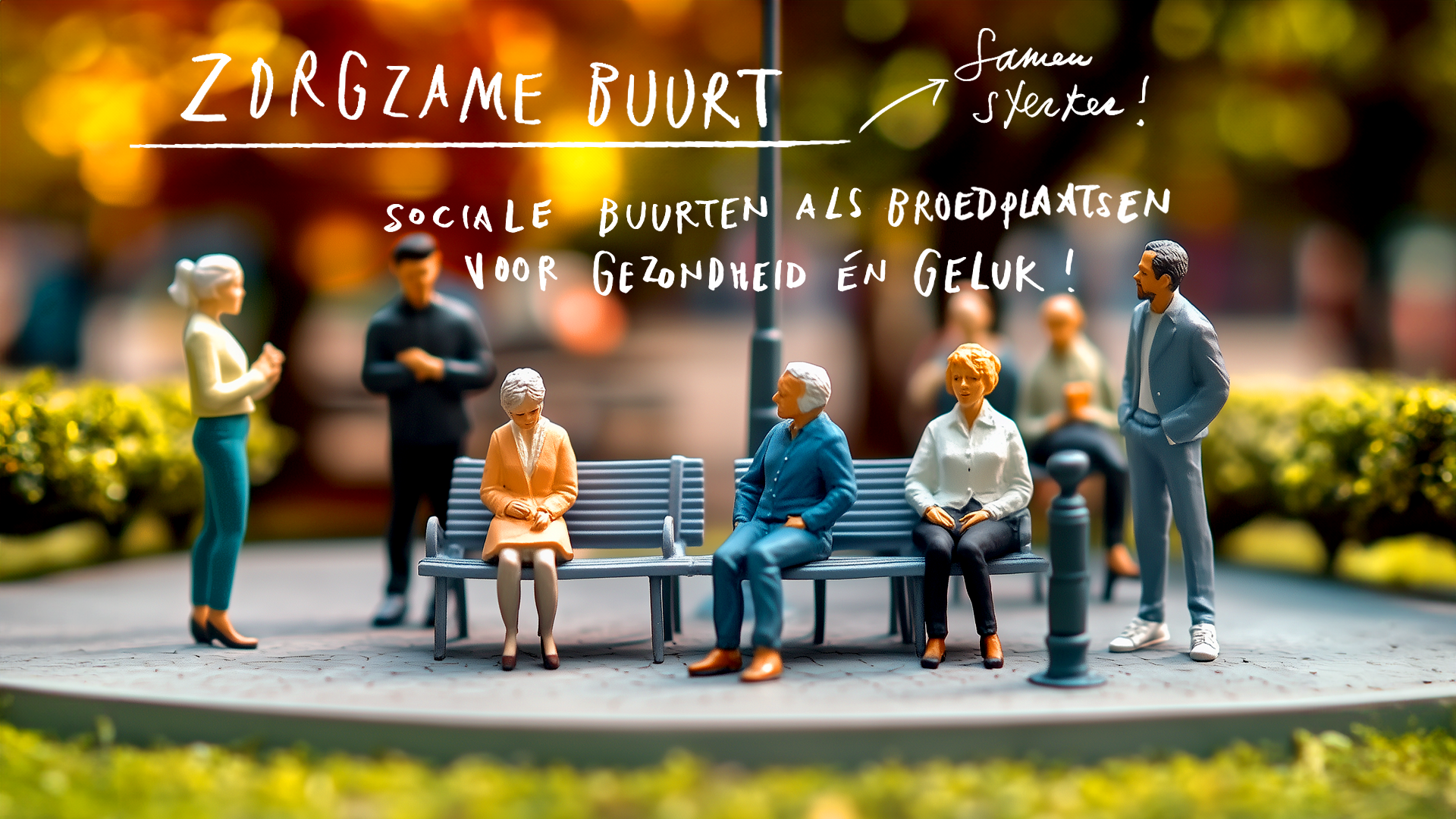
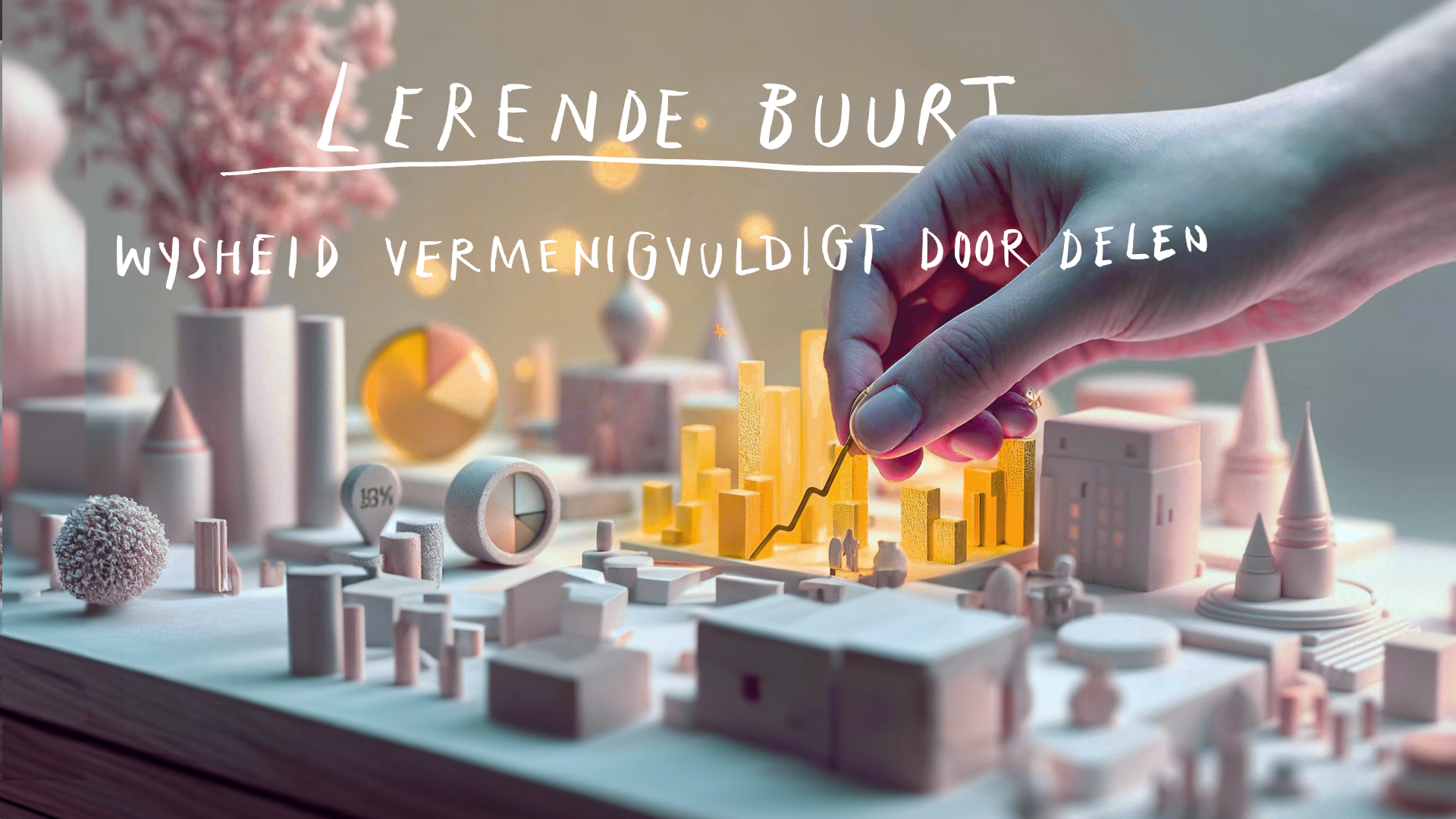
the journey so far, and where we are headed
The community as ecosystem is a young initiative. But one with deep roots. In history and in the social environment. Since our start in 2024, 20 enthusiastic neighbourhoods have already joined. And that number continues to grow…
already
2027
2029
in participating neighbourhoods
in participating neighbourhoods
with national scaling
from start
to impact:
the three phases
from start
to impact:
the three phases
The art of change lies in its pace. Going too fast breaks down support. Going too slow slows down the movement. Our approach is therefore structured, but flexible in execution.
the
foundation
Every successful community network starts with the right people. An alliance partner adopts the project and appoints a coordinator and driving force from district nursing. Together, they put the project on the map. A second driving force is also appointed, for example from the social domain or the municipality. Together, they recruit local ambassadors – professionals and residents with a strong local network. They form the community network together.
the
community plan
With the community network complete, the analysis phase begins. What characterizes this neighbourhood? What are the biggest challenges? Which informal networks and initiatives already exist? How can we connect with them? And most importantly: what works here, and what doesn’t? These insights form the basis for the community plan. A standard approach with activities per theme is available for the neighbourhoods. A plan that looks beyond just care. That builds bridges between the medical and social domains, between formal and informal networks. That sets concrete goals and makes clear choices. And that secures funding with a sound budget.
phased
implementation
Then the real work begins. The community network chooses a number of quick wins to quickly generate energy. In parallel, the long-term trajectories run. Of course, all activities are measurable. The community network evaluates, adjusts, and shares knowledge with other communities in the network. This way, best practices with demonstrable impact are developed, which form the basis for scaling up and for the development of national standards for district nursing. Ultimately, these standards must be included in training programs, so that we structurally embed changes!
governance
that works
![]()
Traditional governance is like a straitjacket: tight, uncomfortable, and hierarchical. This often limits the speed of action! The Community as an Ecosystem chooses a different form. Light but effective. Supportive instead of controlling. A rhythm that strengthens the movement instead of slowing it down. This is what it looks like:
this is our governance structure
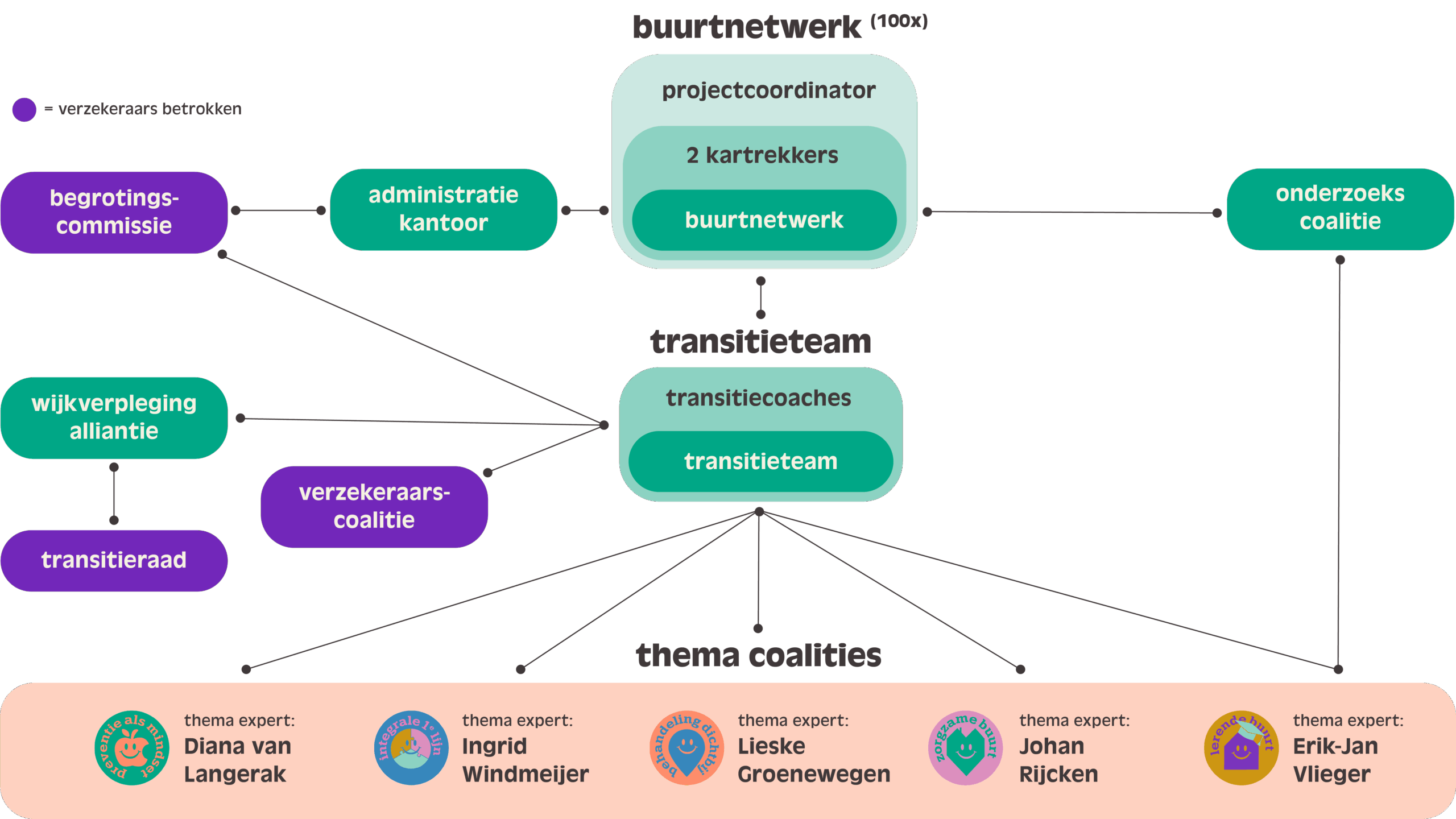
smart data, smartly used
Measuring is only meaningful if it makes you wiser. If it helps you do things just a little better tomorrow than today. We look at data on multiple levels. Hard figures tell us what is happening: how many residents participate, which interventions are used, and what is the impact on healthcare utilization? The stories behind them tell us why it is happening: how people experience health, what helps or hinders them. And the social map shows how it all connects: which networks are growing, where new connections are emerging, and where they still need to be stimulated.
sharing fairly
What we learn, we share. With other neighbourhoods in the network, so that national standards can be developed together. With training programs that shape the professionals of tomorrow. With policymakers who contemplate the frameworks of the day after tomorrow. This way, every measurement becomes a lesson. Every insight becomes a step forward. And every neighbourhood becomes a living laboratory for better care.
(?) Onze focus:
- (?) Data zorggebruik: inclusie, ingezette interventies, gebruik
- (?) Ervaringsverhalen: interviews, vragenlijsten
- (?) Netwerkanalyse: nieuwe verbindingen, participatie
in practice
![]()
Haarlem sets the (inspiring) tone
Curious how a ‘neighbourhood ecosystem’ works in practice? And, more importantly, what does it all yield? This is how Haarlem approaches it! (site in Dutch only)
